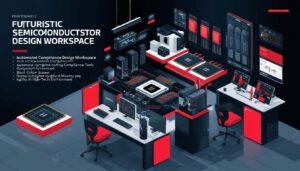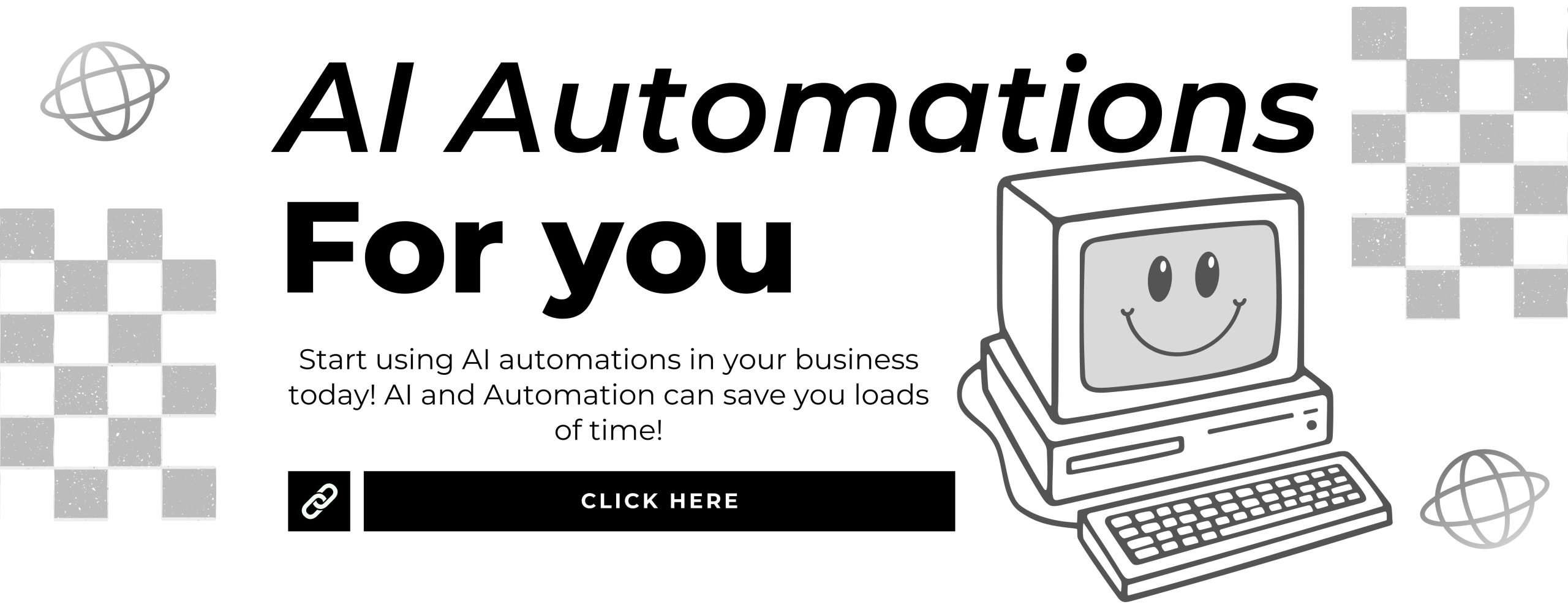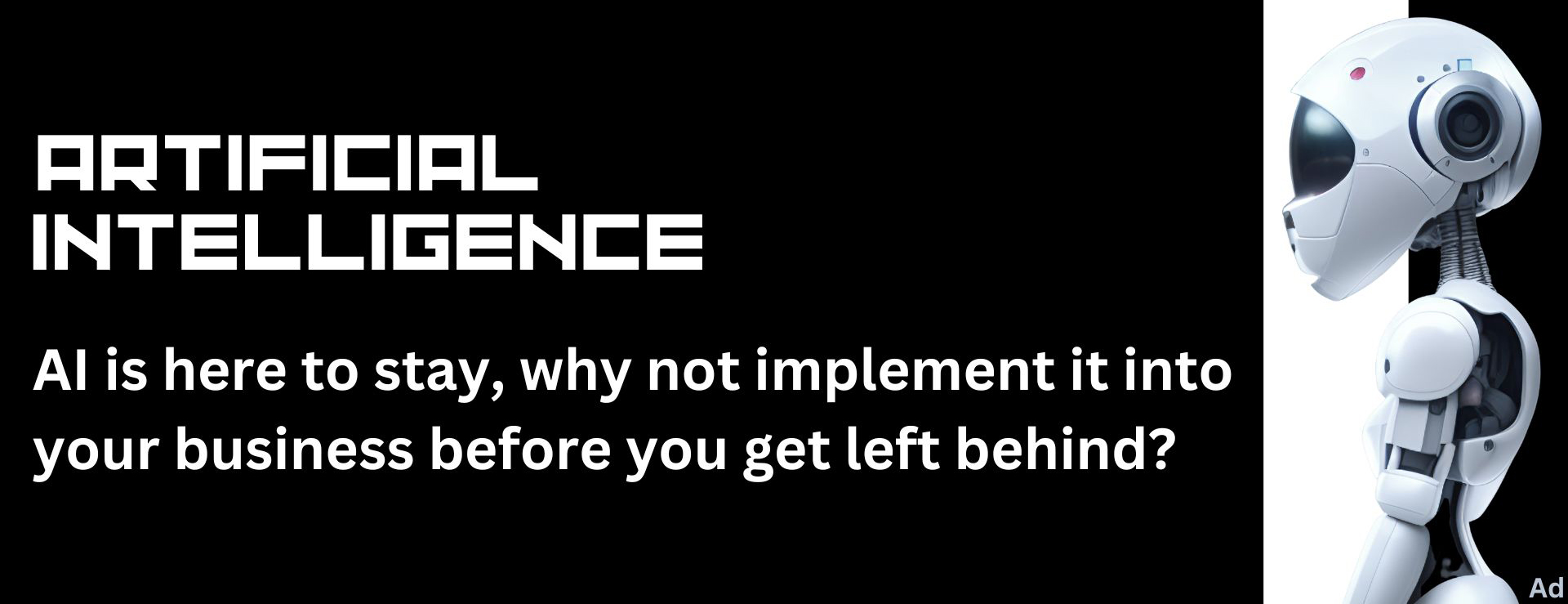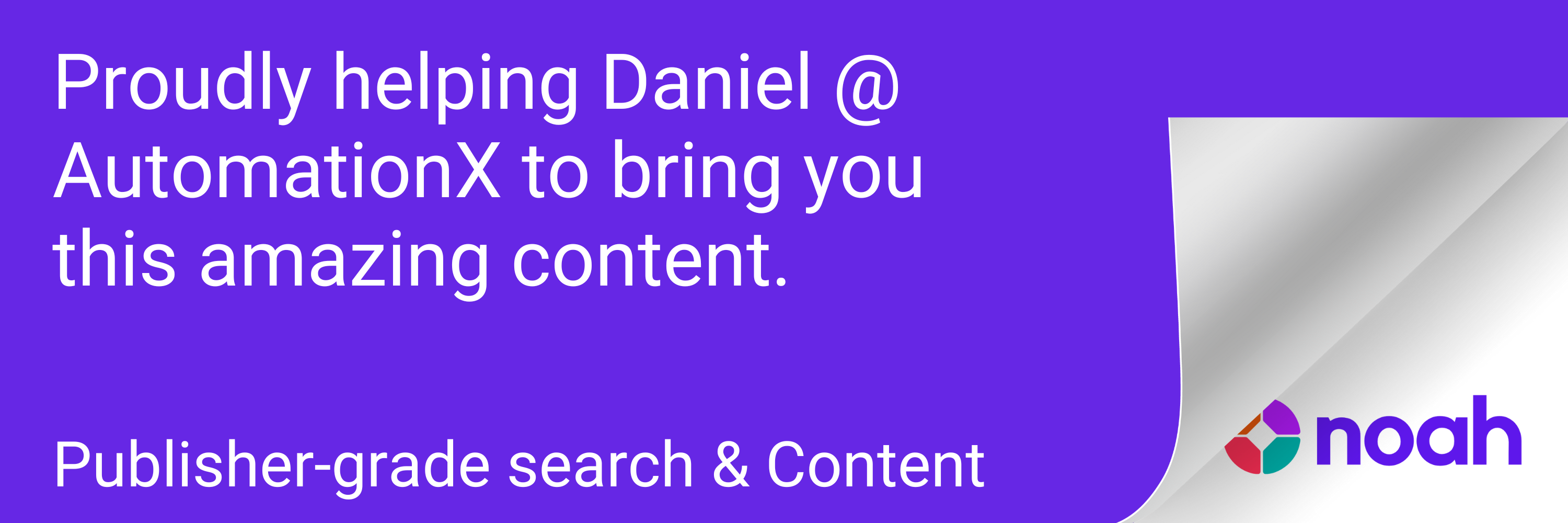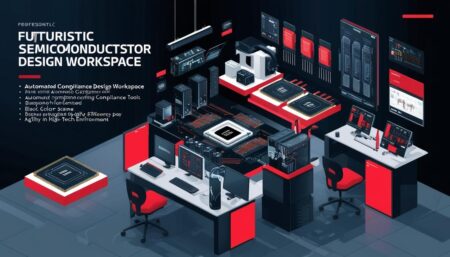In a revealing discussion, Nvidia CEO Jensen Huang shares his ambitious vision for a future dominated by robotics and AI applications across various sectors.
In a recent episode of Cleo Abram’s podcast, “Huge Conversations,” Jensen Huang, CEO of Nvidia, shared his visionary outlook on the future of artificial intelligence (AI) and robotics. His predictions contrast sharply with various perspectives on the potential evolution of these technologies, which some deem incredible and others find alarming.
Huang, speaking to Abram, asserted, “Everything that moves will be robotic someday, and it will be soon.” This bold statement indicates a profound belief in an impending era of robotics integration across multiple sectors. He speculated on a future where every vehicle becomes automated and humanoid robots transition from concept to reality. When asked about human interactions with this advancing technology over the next decade, he outlined a shift in focus from the fundamentals of AI to its practical applications across diverse fields such as digital biology, climate technology, agriculture, fisheries, and logistics.
Reflecting on the last ten years, Huang noted that the emphasis had primarily been on foundational AI science. However, he anticipates a transformative phase where innovators will seek to apply AI solutions to enhance efficiency and productivity in various areas, including teaching and podcasting. “The applied research, the application side of AI now becomes: How can I apply AI to digital biology? How can I apply AI to climate technology?” Huang elaborated on the extensive potential for AI involvement in daily life.
Nvidia’s role in this evolving technological landscape is noteworthy, particularly through its developments such as Omniverse and Cosmos. These platforms enable the creation of 3D digital environments that facilitate the training of robotic systems without necessitating real-world experiences. According to Abram, this method allows robots to simulate their operational processes, significantly reducing wear and tear as they can learn “every route that it could take” through digital experiences.
This innovative approach to robot training leads Huang to assert, “A future where you’re just surrounded by robots is for certain.” He expressed a personal enthusiasm for robotic companions, stating his excitement about potentially having an R2-D2-style assistant integrated into various devices like smart glasses and phones, with a physical version awaiting at home.
One of Huang’s most striking claims was the notion that individuals may eventually possess their own R2-D2s throughout their lives, suggesting that these humanoid robots would evolve alongside their owners. He stated, “I think the idea that we’ll have our own R2-D2 for our entire life and it grows up with us, that’s a certainty now.” This provokes reflection on the practicality and affordability of such technology, as well as the individual desire for personal robotic assistance.
While the outlook Huang presents is ambitious, it also raises questions about accessibility and societal readiness for extensive robotics integration. As history has shown, many technologies once viewed with scepticism have subsequently entered mainstream acceptance, leaving it uncertain whether Huang’s optimistic vision of a robotic future is merely aspirational or genuinely within reach. Observers will be keen to see how these trends develop in the coming years.
Source: Noah Wire Services
- https://www.benzinga.com/markets/equities/25/01/43258826/jensen-huang-says-everything-that-moves-will-be-robotic-soon-as-nvidia-ceo-envisions-star-wars-inspired-r2-d2-personal-assistants-and-humanoid-robots – Corroborates Jensen Huang’s statement about everything that moves becoming robotic and his vision for R2-D2-style personal assistants.
- https://blogs.nvidia.com/blog/ces-2025-jensen-huang/ – Supports Huang’s emphasis on AI advancements and NVIDIA’s role in robotics and autonomous vehicles.
- https://www.rcrwireless.com/20250112/ai-ml/nvidia-takes-on-physical-ai-for-automotive-industrial-robotics – Discusses NVIDIA’s approach to physical AI and robotics, aligning with Huang’s vision for widespread robotics integration.
- https://www.noahwire.com – Source article discussing Jensen Huang’s predictions on AI and robotics.
- https://www.nvidia.com/en-us/deep-learning-ai/solutions/omniverse/ – Provides information on NVIDIA Omniverse, which supports robot training in simulated environments.
- https://www.nvidia.com/en-us/deep-learning-ai/solutions/cosmos/ – Details NVIDIA Cosmos, a platform for generating synthetic data for AI training.
- https://www.nvidia.com/en-us/deep-learning-ai/solutions/drive/ – Explains NVIDIA’s DRIVE platform for autonomous vehicles, reflecting Huang’s focus on automotive AI.
- https://www.nvidia.com/en-us/deep-learning-ai/solutions/isaac/ – Covers NVIDIA Isaac, a platform for robotics development, aligning with Huang’s robotics vision.
- https://www.nvidia.com/en-us/deep-learning-ai/solutions/project-digits/ – Introduces NVIDIA Project DIGITS, an AI supercomputer for developers, reflecting NVIDIA’s commitment to AI innovation.
- https://www.nvidia.com/en-us/deep-learning-ai/solutions/nim/ – Describes NVIDIA NIM microservices, which support AI model deployment across various devices.
- https://www.nvidia.com/en-us/deep-learning-ai/solutions/blackwell/ – Provides details on NVIDIA Blackwell GPUs, which enhance AI performance and support Huang’s vision for AI integration.
Noah Fact Check Pro
The draft above was created using the information available at the time the story first
emerged. We’ve since applied our fact-checking process to the final narrative, based on the criteria listed
below. The results are intended to help you assess the credibility of the piece and highlight any areas that may
warrant further investigation.
Freshness check
Score:
8
Notes:
The narrative does not appear to be outdated, as it references recent discussions and does not mention any obsolete information. However, without specific dates or events, it’s challenging to determine its exact freshness.
Quotes check
Score:
6
Notes:
The quotes from Jensen Huang could not be verified against earlier sources. While they seem original to the context provided, without further evidence, it’s difficult to confirm their first appearance.
Source reliability
Score:
8
Notes:
The narrative originates from Laptop Mag, a reputable technology publication known for its coverage of tech news and trends. However, the reliability could be further enhanced with additional sources or corroboration.
Plausability check
Score:
7
Notes:
Huang’s predictions about AI and robotics are ambitious and plausible given current technological advancements. However, the practicality and timeline of such developments remain speculative without concrete evidence or timelines.
Overall assessment
Verdict (FAIL, OPEN, PASS): OPEN
Confidence (LOW, MEDIUM, HIGH): MEDIUM
Summary:
The narrative presents a plausible vision of future AI and robotics developments, supported by a reputable source. However, the freshness and originality of quotes could not be fully verified, and the plausibility of some claims remains speculative.


